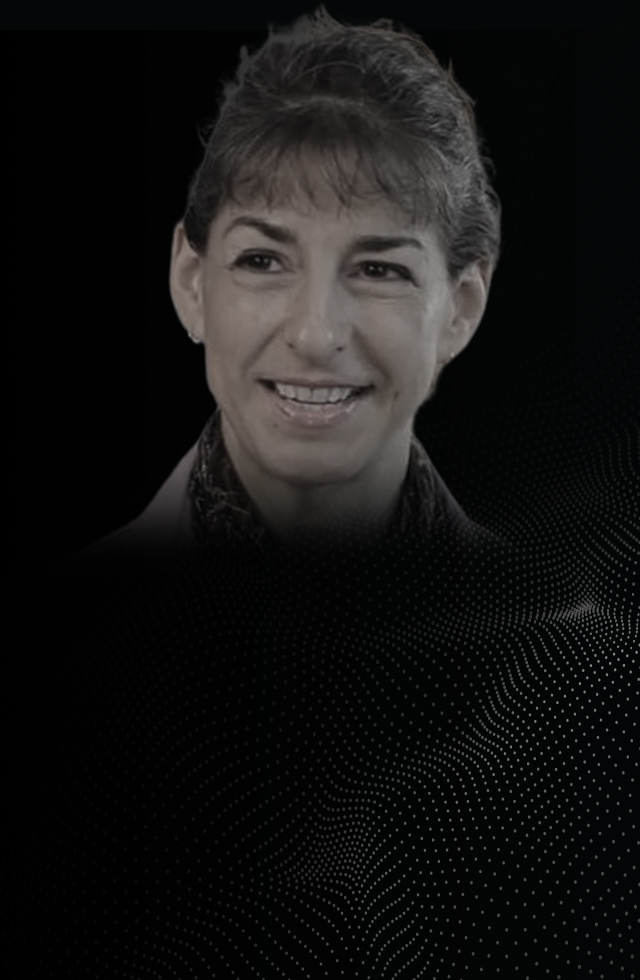How CUA helps Sujeesh Sukumaran on his Robin Hood mission to build a healthier world.
“It was December, and the geyser in my room wasn’t working. So it was freezing cold”, Sujeesh Sukumaran laughs as he talks about the day he arrived in Bangalore for his CUA course. “But I adapted. I always adapt,” he says. It was a sign of things to come, as Sujeesh was about to adapt and evolve as a designer.
Sujeesh was introduced to HFI by fortuitous circumstances – when his company occupied a neighboring office in a co-working space. His wife suggested taking the course, and Sujeesh was soon on his way to reinventing the way he approaches design.
Pepper Wellness is what Sujeesh calls his ‘Robin Hood’ mission – to use the money he earns from his advertising clients to help ordinary people be healthier. As founder and creative director, he uses design science on a daily basis to help people collaborate and share ideas on healthy living. “It’s all about building the right personas. Remember, you are not the user. I keep assuming that I am wrong and always talk to people and test if my UX works.”
Sujeesh wasn’t always so scientific with his approach to design. “Earlier it was only about making good looking designs. I didn’t understand then that it’s not just how something looks, it’s about how a user interacts with it that matters.” he recollects. In his early days as the owner of an advertising company, there was no real awareness of UX – leading to the classic designer’s trap of endless iterations with no end in sight.
“Thanks to the learnings from the CUA course, I’ve been able to significantly reduce the number of iterations. Iterations without a clear reason are wasteful and frustrating. Now, with a more scientific understanding, I have a basis with which to support my design and avoid meaningless back-and-forth with clients.” he says.
“Now, it’s about asking deeper questions about their business and evolving the design from there. The course helped me understand the psychology and science behind design, and gave me a set of UX and UI tools I could use in a more systematic and less instinctive way,” he says.
During the HFI course, Sujeesh also had the opportunity to meet and interact with many other designers from varied backgrounds. “I made lots of friends. It was interesting to meet and learn from so many people with different perspectives and points of view. For designers, it’s always valuable to learn from each other, so that was a great experience.”
Today, Sujeesh extensively uses personas as the basis for building solutions. “Everything is an experiment. I never knew that earlier I always used to design only for the best-case flow, based on myself as a user. Now I don’t rely on my judgment alone – I focus on the user and build multi-dimensional flows that account for all cases. It’s been the most valuable learning.” Through constant testing, experimentation and user validation, Sujeesh is a more effective, persuasive and confident designer.




